With golden beaches and emerald forests, Rakiura (Stewart Island) has been called “a piece of the primeval world” and is home to many wildlife wonders. Threatened by the usual suspects of introduced predators, except stoats and ferrets, the island is now the focus of the world’s largest island predator eradication project. As Predator Free Rakiura gains momentum, let’s spotlight some unique wildlife this project aims to protect.
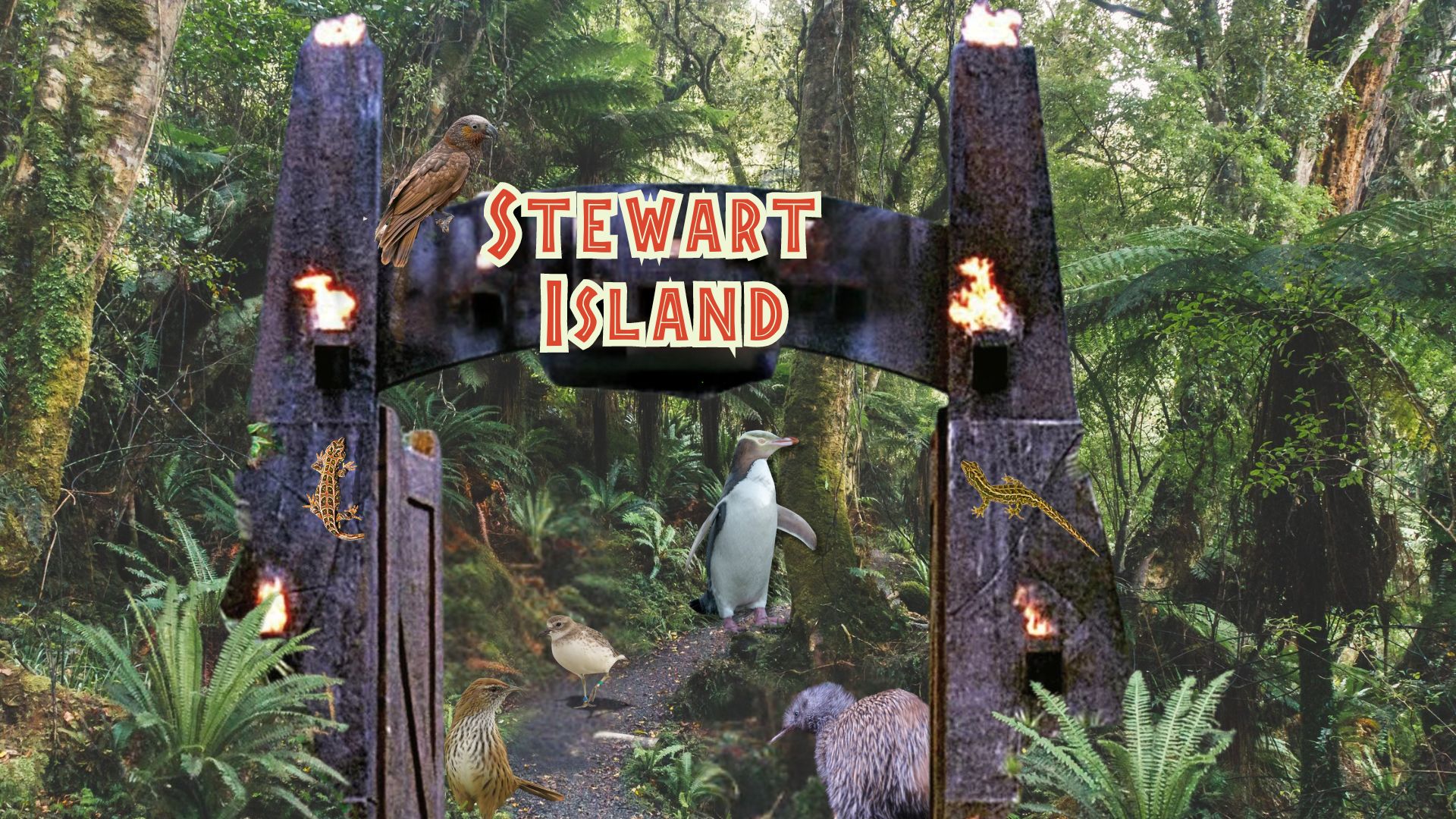
Tokoeka (Southern brown kiwi)
Seeing a kiwi is an exceptional experience that not everyone has had… unless they’ve been to Rakiura, that is.
Thanks to predator control efforts, Rakiura is one of the best places to see a tokoeka in its natural habitat.
Not only do the tokoeka outnumber humans living on Rakiura by 50 to one, but they are also often active during the daytime – a unique trait amongst the usually nocturnal kiwi.
It’s no wonder David Attenborough took a trip to Rakiura to capture some incredible kiwi footage for his world-famous ‘The Life of Birds’ documentary.
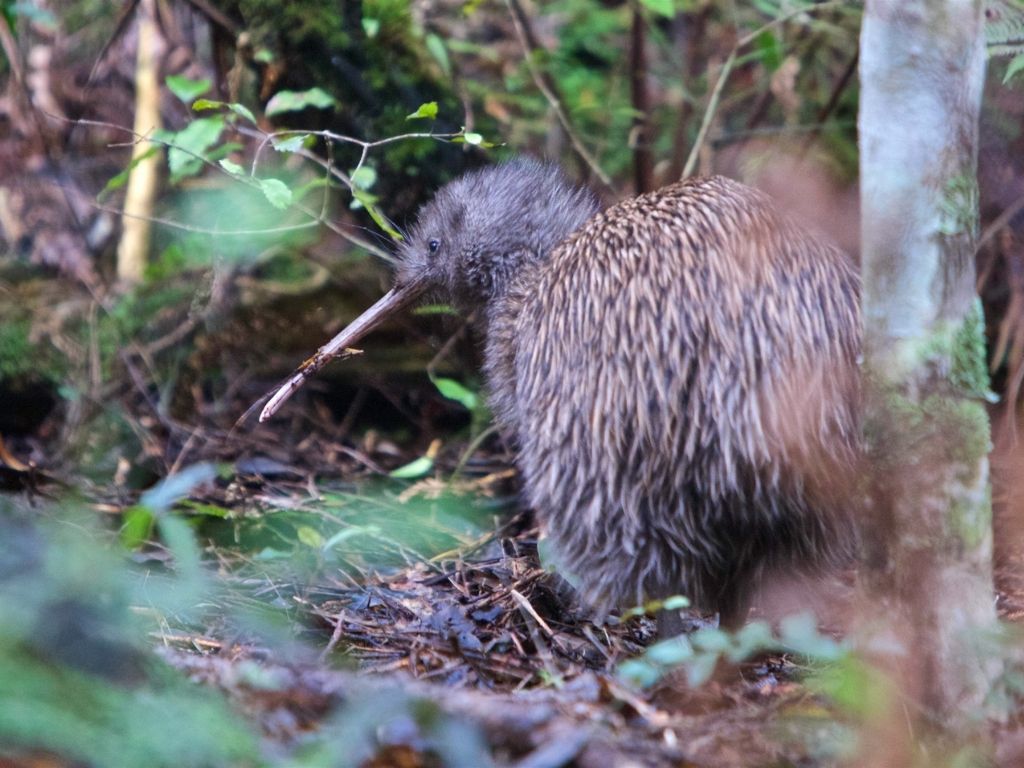
Tukutuku rakiurae (Harlequin gecko)
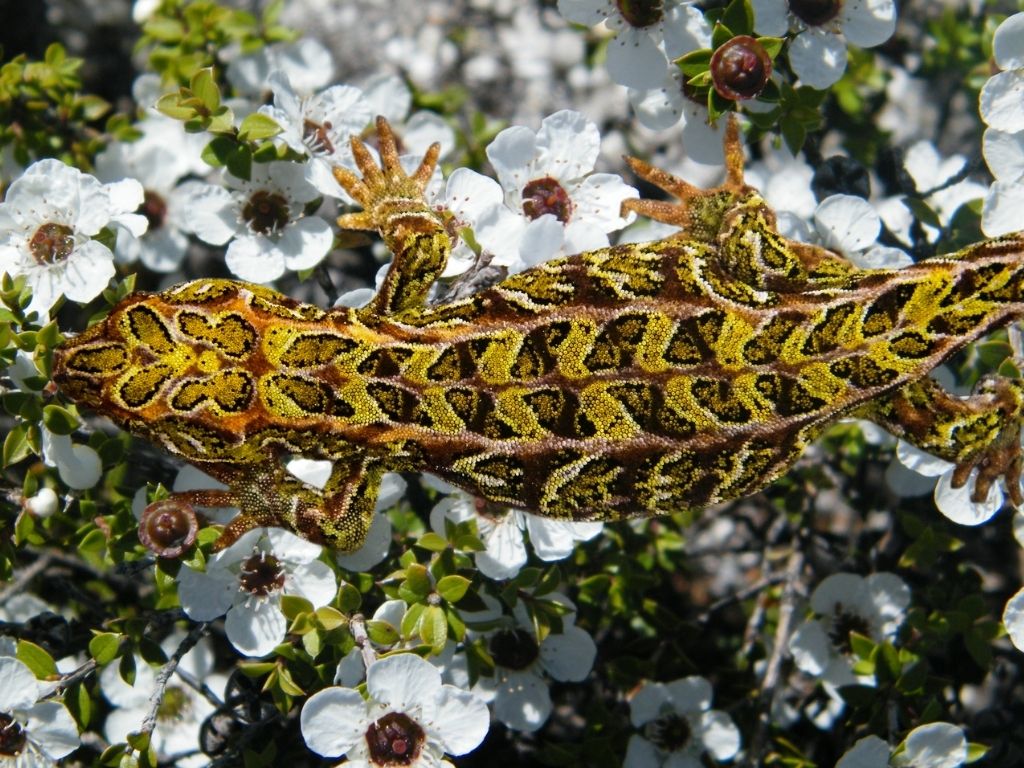
With its herring-bone skin colour patterns of olive, brown, grey, maroon and white, the tukutuku is gorgeous, and its physiology is fascinating.
Found only on Rakiura, it’s the most southern living gecko on the planet and one of the toughest. Tukutuku are ectothermic (they rely on sunlight and warmth for their energy) but can handle southern Rakiura’s cold temps, high rainfall and low sunshine conditions and be pregnant for up to 24 months.
Their elaborate patterned appearance helps them blend in among sub-alpine flora; however, rats’ and cats’ sense of smell overcomes such evasion tactics.
Pukunui (Southern New Zealand dotterel)
The pukunui is one of Aotearoa’s most endangered endemic birds. With a current population of only 101, it is on the brink of extinction.
Pukunui were once widespread throughout the South Island and bred as high as 2,500 metres in the Southern Alps. They now only breed on the mountain tops of Rakiura and commute to the local beach for their meals.
Pukunui dramatically changes colour throughout the year (no hairdresser required). From March through June, the birds display a pale white chest with a few small patches of orange. Their chest becomes more orange in June, transforming into a deep reddish-orange by October. Spring and summer are nesting seasons, and their bright colouring gradually fades by March, when the cycle repeats.
The pukunui is threatened by every predator on Rakiura; even deer have been observed eating their eggs.
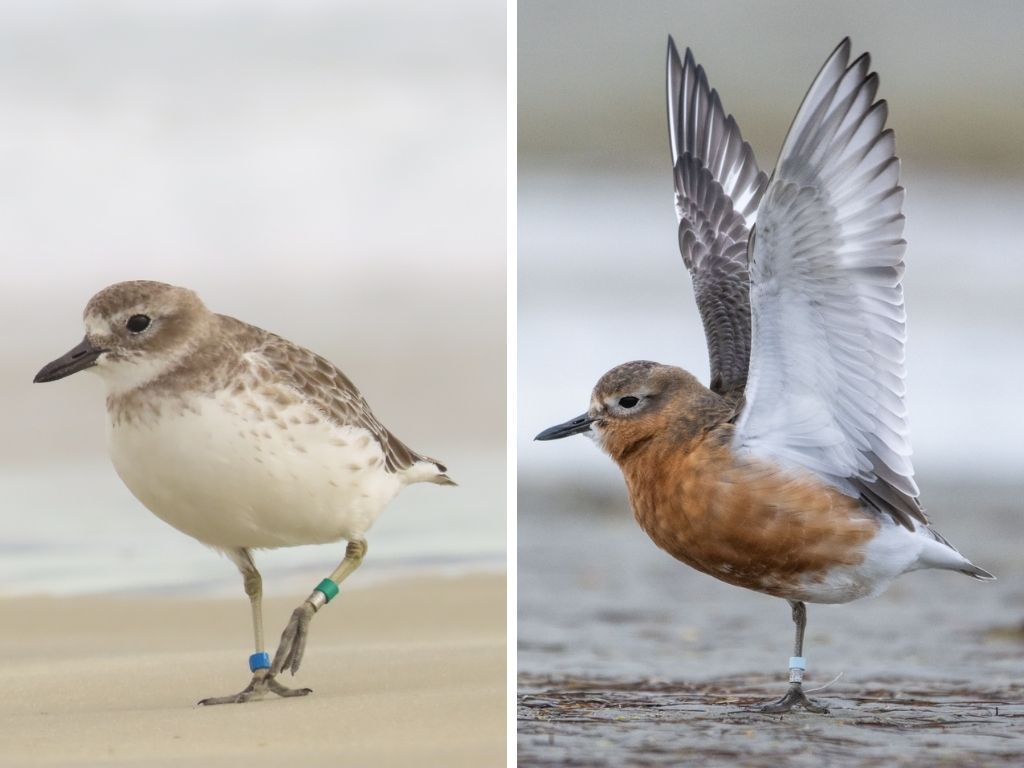
Hoiho (yellow-eyed penguin)
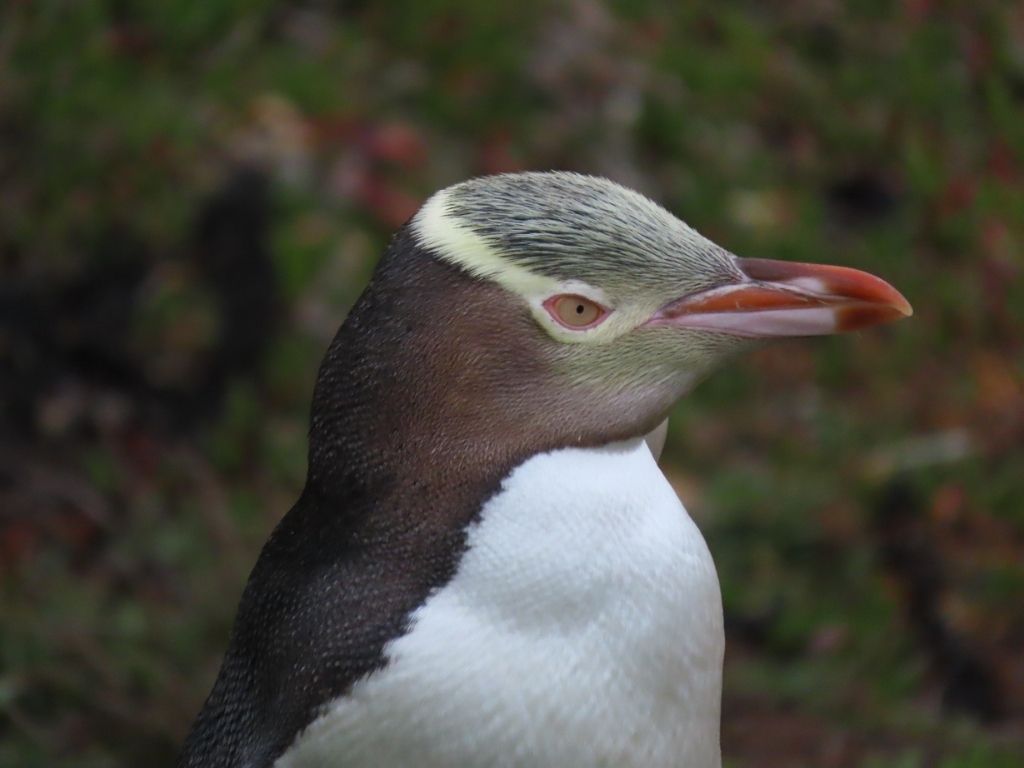
The hoiho is particularly special, as it is the rarest penguin species in the world.
Stoats, ferrets and dogs, the main predators of hoiho, are absent on Rakiura. However, cats and rats are still present on the island and eat their eggs and chicks.
With this in mind, the distinct band of yellow feathers around its eyes and back of the head displays an impressive crown of survival, as the yellow head plumage only appears once the penguin reaches 14-16 months.
Fishery by-catch majorly impacts adults, and unfortunately, hoiho populations are decreasing, leading some experts to predict they could be extinct by 2050.
Mātātā (Stewart Island fernbird)
Mātātā have disappeared from many areas of New Zealand and are found only in select areas of dense, low, wetland vegetation, of which Rakiura has pockets.
Mātātā are rarely seen because of their secretive behaviour and stealth camouflage. They are small, long-tailed birds with a brown-speckled back and pale-coloured chest.
Their foraging habits are particularly endearing — holding up leaves with one foot while inspecting the underside for insects and sometimes venturing out of the wetland to catch blowflies on sleeping sea lions.
While their camouflage ability is top-class, they are poor fliers, which makes it difficult for them to escape predators as they attempt to scramble through dense vegetation.
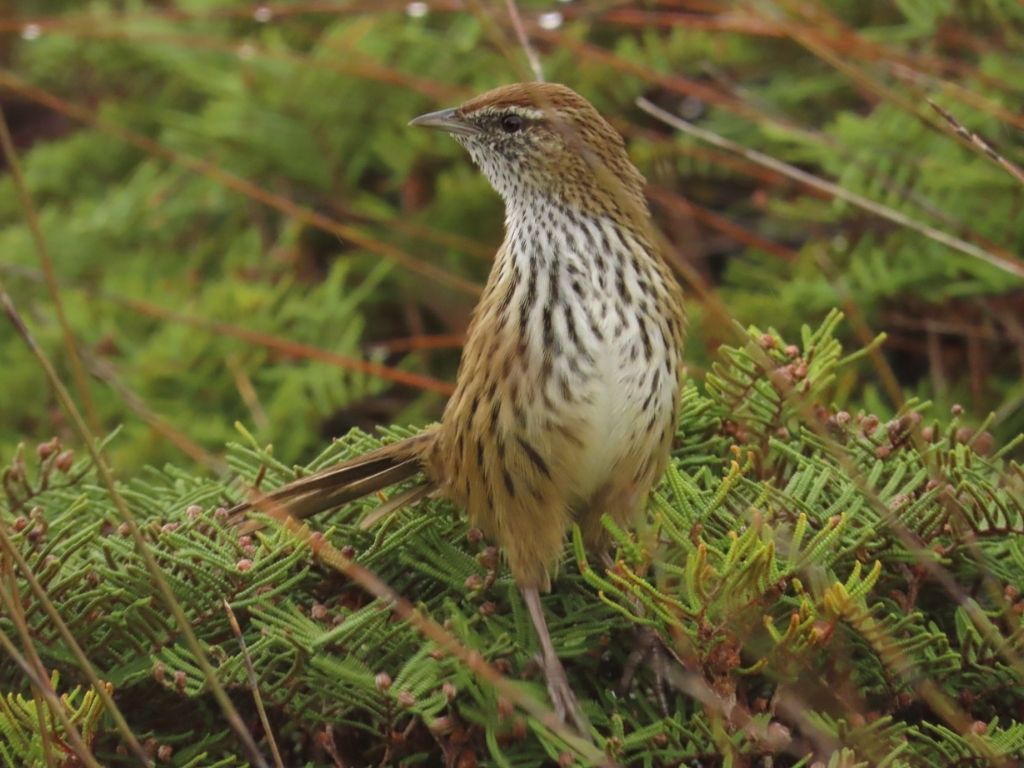
The Rakiura community is committed to protecting all these incredible species and the many more that call the island home. You can help, too. Check out some of the links below to discover ways you can contribute.
Volunteer or work for Predator Free Rakiura
Support the Yellow-eyed Penguin Trust
Donate to the New Zealand Nature Fund Dotterel Project
Donate or volunteer for Stewart Island / Rakiura Community and Environment Trust

